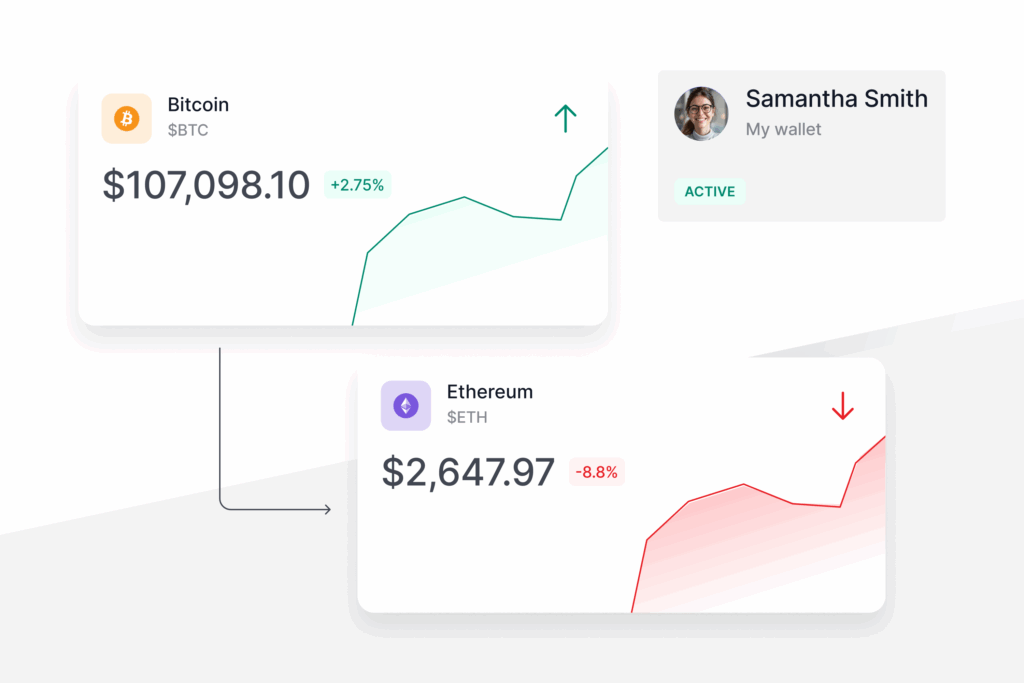Gifting to Donor Advised Funds (DAFs) and taking advantage of solar tax incentives are two popular strategies for offsetting ordinary income tax. How do you know which one is right for you? This article explains what these strategies are and when they make sense.
Key Highlights and Takeaways
- Two Ordinary Income Tax Strategies: Both strategies offset ordinary income tax at least to some extent.
- DAFs are a Charitable Giving Strategy with Ancillary Tax Benefits: People often think of DAFs as a tax-saving strategy. While gifting to a DAF can reduce your tax bill, you won’t come out ahead personally by doing so. You might get back 50 cents for every dollar you put in a DAF. But that’s okay, because DAFs are vehicles for charitable giving. Assuming you’re looking to support charity in a significant way, DAFs can make a lot of sense. The tax benefits just aren’t that large.
- Solar Tax Incentives Yield Significant Tax Savings: The federal and state governments offer significant tax benefits to people who purchase solar projects. It’s possible to receive more than a dollar in a tax benefits for every dollar of solar assets you purchase — plus income.
What are Donor Advised Funds (DAFs)?
A Donor Advised Fund (DAF) is a charitable giving account. When a donor contributes cash, securities, or other assets to a DAF, the donor receives an immediate tax deduction. That deduction can offset capital gains or ordinary income. The donor can then recommend grants to charities from the fund. DAFs are popular because they provide immediate tax benefits while allowing for strategic charitable giving at the donor’s leisure.
What are a DAF’s Tax Consequences?
While a DAF is a relatively tax-efficient and flexible way of supporting charity, it is not a pure tax play. If your goal is just to save taxes, giving to a DAF will not make sense. Someone in the 40% marginal tax bracket who gives $100 to a DAF will only receive $40 in tax savings. The charity will get the full $100, but the taxpayer will be out, on net, $60 (perhaps a little less if the asset was appreciated and would have generated capital gain on a sale).
Benefits of DAFs:
- Immediate Tax Deduction: Donors receive a tax deduction in the year the contribution is made, regardless of when the funds are distributed to charities.
- Tax-Free Growth: Contributions to a DAF can grow tax-free, allowing for potentially larger future charitable donations (though you do not receive an additional charitable deduction for this growth).
- Flexibility in Giving: Donors have the flexibility to make grants to multiple charities over time and don’t need to decide which charities to support until at some point after the assets have been contributed to the DAF.
Drawbacks of DAFs:
- Irrevocable Contributions: Once assets are donated to a DAF, they cannot be reclaimed by the donor.
- Fees and Management Costs: DAFs are managed by sponsors, which may charge administrative fees.
- Negative Financial Transaction: The assets you give away will be worth more than the tax benefits you receive in return, which is why you need to be philanthropically minded for this to make sense!
What is an Ideal Use Case?
Astrid is a married New Yorker earning $1,200,000 per year. Her annual tax bill is $550,000. She isn’t particularly focused on tax mitigation, but she’s passionate about her favorite charity: the Boys & Girls Club. Astrid wants to give six figures to charity each year, ideally in a relatively tax-efficient way. Astrid could sell $250,000 of her appreciated investments, pay $50,000 in taxes and donate the remaining $200,000, or she could directly donate $200,000 of stock to the DAF, have the DAF sell the stock tax free, and then the DAF could donate the money to the Boys & Girls Club! Using the DAF allows Astrid to avoid capital gains taxes. Of course, Astrid would have been better off personally if she had just kept the stock for herself. But given her philanthropic goals, gifting to a DAF may make sense for her.
What are Solar Tax Incentives?
Solar tax incentives are tax incentives that are designed to encourage renewable energy production. The current system was created by the Inflation Reduction Act, passed in 2022. There are two basic types of solar tax incentives: tax credits and depreciation.
How Do Solar Investment Tax Credits Work?
The federal government provides Solar Investment Tax Credits (ITCs) equal to 30-70% of the cost of installation for any eligible project. These tax credits are some of the most valuable tax benefits available in any context, because they directly reduce income tax liability, not just a taxpayer’s taxable income. So, for example, if you put $100 into a solar project that qualifies for a tax credit equal to 40% of the amount contributed, you’ll receive $40 back from the government ($100 x 0.40).
How Does Depreciation Work?
The federal government, and most states, also provide generous depreciation deductions. While not as valuable as tax credits, depreciation is still quite valuable. For example, assume your federal marginal income tax rate is 37%, your state marginal income tax rate is 10%, and you purchase $100 of eligible solar projects that qualify for 40% ITCs. You will be able to depreciate the full $100 for state tax purposes. You will be able to depreciate only $80 for federal purposes because your federal depreciation basis will be reduced by one-half of the $40 of ITCs. As a result, you will save ~$40 from depreciation: $10 of state tax ($100 x 0.10) and about $30 of federal tax ($80 x 0.37). That’s on top of any savings from the solar tax credits themselves. You can estimate your potential returns here!
Benefits of Solar Tax Incentives:
- Substantial Tax Savings: Allocating money to solar energy projects reduces a taxpayer’s federal and state tax liability. The cumulative tax benefits can approach — and, in some cases, exceed — 100% of the amount contributed, meaning you can actually make a profit from the tax benefits alone.
- Income: These projects sell electricity, typically generating 3-7% of a project’s value each year in revenue. The income from the projects is distributed to the owners.
- Environmental Impact: Renewable energy, including solar energy, reduces carbon emissions. Many people put money into these projects in part for environmental reasons.
Drawbacks of Solar Tax Incentives:
- Material Participation: To use solar tax credits and depreciation to offset your ordinary income, you need to materially participate in the renewable energy space. That’s why it’s necessary to set up a small solar business in order to qualify for the credits. This entails creating an LLC and spending 100+ hours per year running the business. The IRS hasn’t provided specifics on what activities count toward the hours requirement. What we do know is that a taxpayer must engage in regular, continuous, and substantial activities that will benefit his or her solar business. We also know what activities other solar business owners have spent time on and what has passed IRS audits.
- Developer/Project Risk: The tax benefits hinge on the project being completed in the tax year you are looking to offset ordinary income and on the project generating energy for five years.
Why Choose One Strategy or the Other?
Gifting to Donor Advised Funds and taking advantage of solar tax incentives accomplish different things. DAFs allow donors to support charity while realizing modest tax benefits. Solar tax incentives are heavily tax advantaged but make less sense for people who are focused on charitable giving. When choosing between these two strategies, the key question is: What are you trying to accomplish? If your goal is primarily to support charity, then a DAF may make sense — though Charitable Remainder Unitrusts may be even more attractive. If your goal is simply to maximize tax savings, then solar tax incentives probably make more sense.
Conclusion
Gifting to Donor Advised Funds and taking advantage of solar tax incentives are both viable tax strategies, but they serve different objectives. Hopefully this article has given you a better idea of what each strategy entails, and whether one or the other might be a better fit.
About Valur
We’ve built a platform that makes advanced tax planning – once reserved for ultra-high-net-worth individuals – accessible to everyone. With Valur, you can reduce your taxes by six figures or more, at less than half the cost of traditional providers.
From selecting the right strategy to handling setup, administration, and ongoing optimization, we take care of the hard work so you don’t have to. The results speak for themselves: our customers have generated over $3 billion in additional wealth through our platform.
Want to see what Valur can do for you or your clients? Explore our Learning Center, use our online calculators to estimate your potential savings or schedule a time to chat with us today!






























